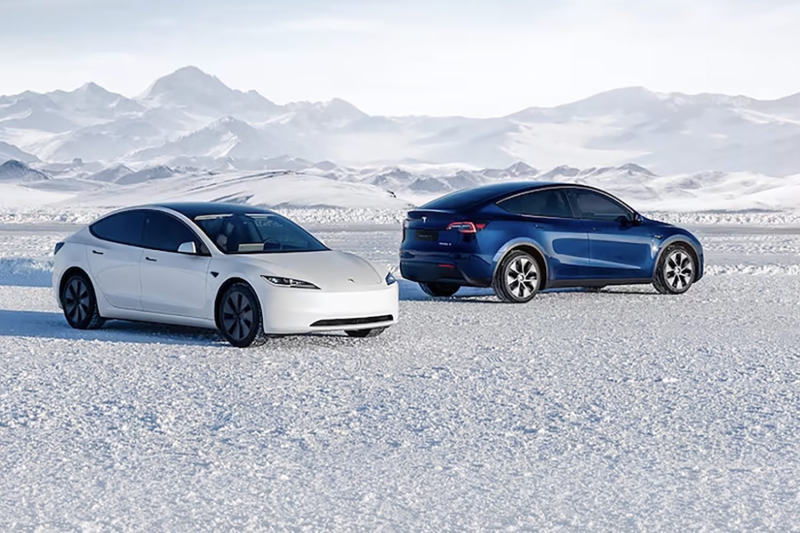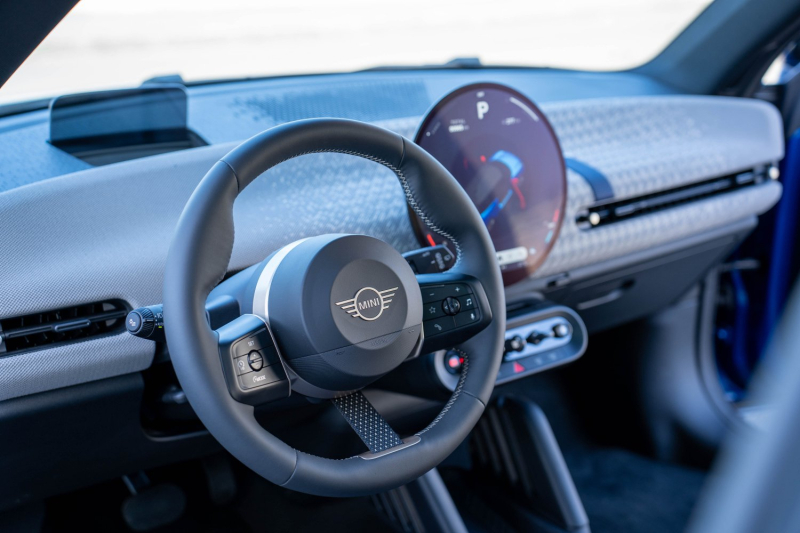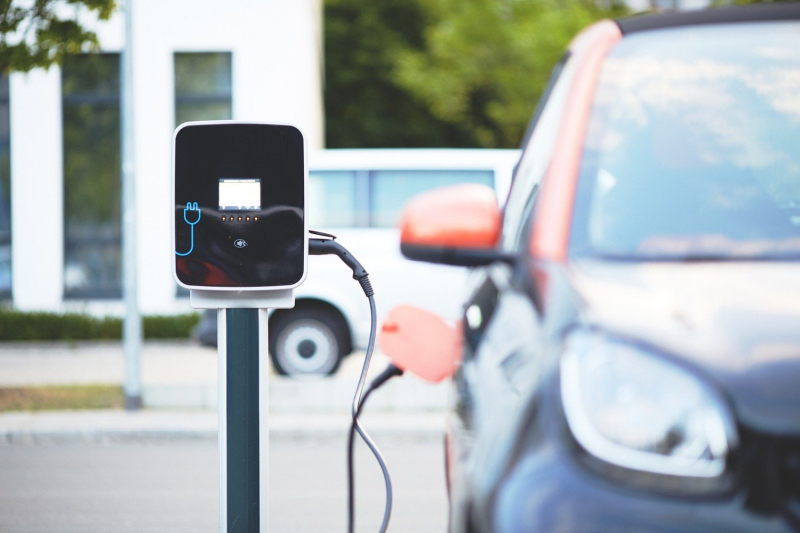
© Tesla
Electric cars have proven themselves in all seasons, but snow presents a particular challenge. Not only does it impact battery life, it also radically changes driving conditions.
However, with a few simple adaptations and adequate preparation, your electric car can become a real ally on snowy roads.
Prepare your electric car before facing the snow
Preparation is the key to successful winter driving. The first thing to do: preheat your vehicle. Most electric cars have a preheating function that can be accessed from the mobile app.
Start it 20 to 30 minutes before you leave, ideally while the vehicle is still plugged in. This trick not only warms up the passenger compartment, but also — and most importantly — brings the battery to its optimum operating temperature.
Tyres also play a crucial role. Tyre pressure naturally drops with the cold: every 10°C drop causes a drop of 0.07 to 0.14 bar. Check your tyre pressure regularly and choose winter tyres that are suitable for the weight of your electric vehicle.
Don't forget: electric cars are generally heavier than their thermal counterparts due to the weight of the battery.
Another essential point is to completely remove any accumulated snow from your car. Beyond the simple question of visibility, residual snow increases air resistance and therefore energy consumption. Ideally, it is best to keep your vehicle in a garage to avoid most of these constraints.
Mastering your driving on snowy roads

© Robin Sabbadini for Presse-citron
Driving on snow requires a special approach, even more so with an electric vehicle. Acceleration must be smooth and progressive to avoid any skidding. The instantaneous torque of electric motors can quickly cause you to lose grip on slippery ground.< /p>
Activate your vehicle's “eco” mode. This setting limits engine power and smoothes throttle response. accelerator — a definite advantage on slippery roads. Some models even offer a “snow” mode specific that optimizes the management of motor skills.
Regenerative braking, a major asset of electric cars in normal times, can become treacherous on snowy roads. If your vehicle allows it, reduce its intensity or temporarily deactivate it. Favor traditional, gentle and anticipated braking.
Maintain a greater safety distance than usual. Snow considerably lengthens braking distances, even with suitable tires. In town, maintain a moderate and constant speed rather than alternating between acceleration and braking.
200% Deposit Bonus up to €3,000 180% First Deposit Bonus up to $20,000Optimizing your range in winter conditions
The cold significantly impacts the range of electric cars, with losses of up to 30% compared to optimal conditions. To maximize your range, a few techniques are essential.
Heating management becomes crucial. Choose heated seats and a heated steering wheel when available: they use less energy than heating the entire cabin. If you are driving alone, only use the driver's side heater.
Never let the battery drop below 20% charge. The battery management system reserves some capacity to maintain temperature — typically between 15 and 20%. Below this threshold, performance can drop drastically.
Plan your trips with a safety margin. Winter conditions increase energy consumption, especially on snowy roads where rolling resistance is higher. Identify charging stations along your route in advance and plan alternatives if needed.
Effectively managing your recharge in winter conditions

© andreas160578/Pixabay
When possible, park your vehicle in a garage with insulated walls. A battery kept at an optimal temperature will retain its charge better and recharge more quickly. Otherwise, choose parking spaces exposed to the sun.
Recharging also takes longer in cold weather. A cold battery is less likely to accept fast charging. Expect longer charging times, especially at fast charging stations where the difference will be most noticeable. Charging times can easily increase by 20-30% in winter conditions.
To optimize charging, plug in your vehicle as soon as possible. Public charging stations are generally designed to withstand cold weather, but their efficiency can vary. Choose sheltered stations and check their availability via your favorite charging app.
Winter Essentials
Preparing for winter conditions doesn’t stop with driving. Always keep a suitable emergency kit in your trunk: jumper cables specific to electric vehicles, a survival blanket, a flashlight, and an ice scraper are essential.
Don’t forget your portable charging cable either. In cold weather, having a backup solution can be crucial. Some manufacturers even offer specific winter kits that include additional protection for the battery and sensitive components.
Driving an electric car in the snow certainly requires some adaptations, but it also offers unique advantages. The instant torque, well managed, allows for smooth starts. The low center of gravity, due to the placement of the batteries, improves stability.
📍 To not miss any Presse-citron news, follow us on Google News and WhatsApp.

